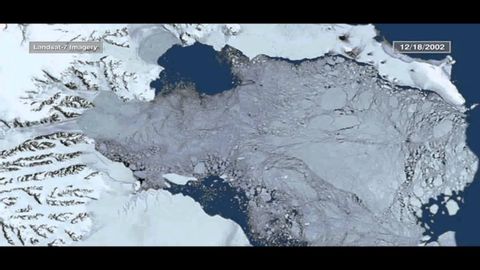水路》第268集--南佛羅里達州的氣候變化和海平面上升。 (Waterways Episode 268 - Climate Change and Sea Level Rise in South Florida)
richardwang 發佈於 2021 年 01 月 14 日  沒有此條件下的單字
沒有此條件下的單字US /ˈwɔtɚ, ˈwɑtɚ/
・
UK /'wɔ:tə(r)/
- n. (u.)水;水域
- v.i.流淚;(嘴)想到好吃的食物而濕潤
- v.t.澆水
- v.t./i.產生好感;使暖和;加熱
- adj.(對某人)親切友好的;熱心的;熱情的;(態度)親切友好的;熱心的;熱情的;溫暖的;熱情的
- v.t.換(衣服);兌換,比如紙幣換硬幣;更改;更換,交換;改變;更改
- n. (c./u.)替換的衣服;零錢;找零;做出改變

